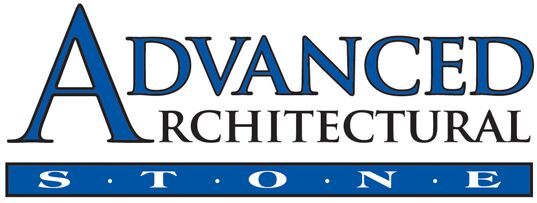Concrete has captured the imagination of designers for thousands of years offering options and flexibility to mold it in different shapes and surface finishes.
The architectural GFRC (Glass Fiber Reinforced Concrete), also known as lightweight concrete, is able to extend the range of possibilities that can be realized using concrete. The AAS fabrication methodology empowers designers to customize product shape, color, finish, as well as attachment connections to achieve the design intent. GFRC is much simpler to install than other cast stone products or limestone.
DESIGN FREEDOM, FLEXIBILITY
- Applications: wall units, window wall units, mullions, spandrels, column covers or wraps, cornices & banding, trim, soffits, sunscreens, custom cladding, veneer, or facade design, coping, interior features, etc.
- Designers have the flexibility to achieve deep reveals, complex shapes, short radius curves, wide sweeping arcs, as well as sharp angels.
- With a face mix, a GFRC panel is indistinguishable in exterior appearance from traditional precast or cast stone. The AAS team has the track record to use GFRC in place of limestone for high-end design aesthetic at fraction of the cost.
- A wide range of surface finishes can be achieved by using exposed aggregate faces such as acid wash, sandblasting, integral color, white cement, and texture.
LIGHTWEIGHT, HIGH STRENGTH TO WEIGHT RATIO
- The low weight of GFRC panels decreases superimposed loads on the building’s structural framing and foundation.
- The GFRC panels are ideal for use on buildings where heavier cladding systems would increase the size of required framing members.
- For rehabilitation or retrofit projects, the use of GFRC panels for re-cladding minimizes the load added to the existing structure.
- The lightweight of the GFRC panels allows the contractor to quickly and efficiently erect panels even in hard to reach areas, using smaller, less expensive equipment.
PROJECT-SPECIFIC MANUFACTURING
- The AAS manufacturing process enables options to select the fiberglass strands as required to achieve desired structural strength.
- The fabrication process ensures consistent structural properties for a project of any size.
- The attachment connections can be pre-engineered and integrated into the fabrication process, simplifying both the design, as well as the installation.
- Consistent look and finish for the panels for projects of any size.
- Achieve complex geometries with precise tolerance.
- Match virtually any color with a control sample.
GFRC PROJECT EXAMPLE – DESIGN PROCESS CASE STUDY
- See examples of the project-specific design of GFRC products.
- See videos of the GFRC manufacturing process.
- Collaboration with customers for design-assist, as well as construction-assist.











